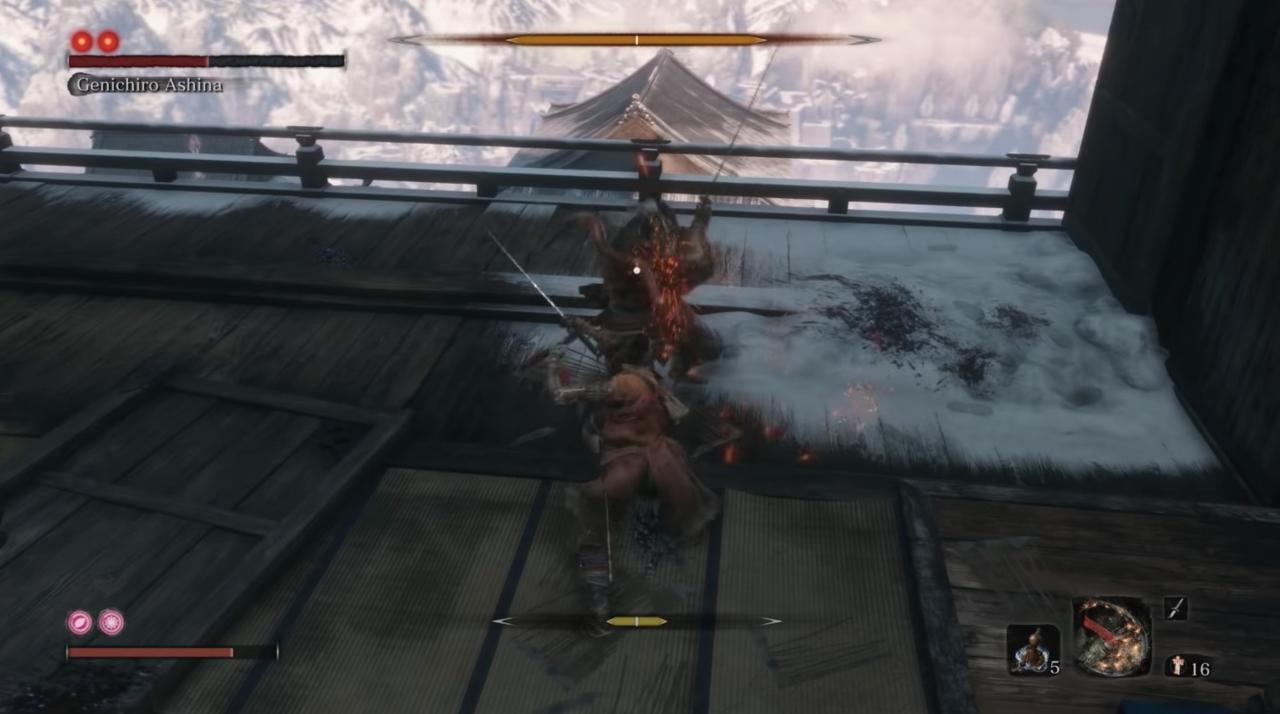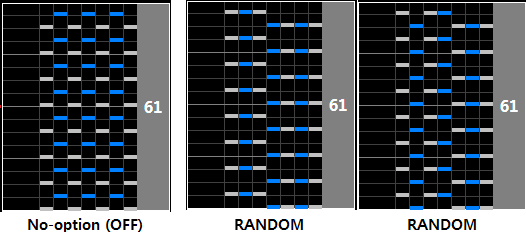Sekiro - ★★½
One of Fromsoft's strangest modern releases: takes the familiar aesthetic and presentation of Souls outside its traditional gameplay genre, to mixed results. There are some interesting ideas here, but From's lack of experience drowns out most of their potential.
One of the most obvious points of departure is the judgement system. According to this video, perfect judgements (called "deflects") have a 200ms early window, and normal success judgements (called "blocks") have an additional 400ms of early window beyond that. This is outrageously high compared to other genre entries: IIDX uses a 234ms window for the minimum success "Good" judgement, let alone the 67ms window for "Great" and 33ms window for "PGreat". Hitting a note late at all will automatically be judged as a miss; itself a strange choice, but one that can be worked around by biasing towards early presses.

The control scheme in this game is unorthodox and presents major disadvantages. The player has one main button for notes (L1), but Circle/B can also be used: the notes in the L1 lane nearly always extend into the Circle lane, and hitting either will clear the note, but using Circle has slightly different judgement timings and gives less progress towards the song's completion. Theoretically this could be charted differently to create patterns with more complexity and interesting scoring dynamics, but as implemented, it's a puzzling inclusion, and one wonders if this was some kind of holdover from early development.
The player also has a "character" object on screen which can be repositioned smoothly in 2D with a perspective camera using the control stick. In a sense this is a natural extension of the 1D knob lasers in Sound Voltex or the 2D touchscreen rails of Arcaea. However, like the Circle button, this is also integrated into charts strangely. Instead of asking the player to read and execute patterns which require deducing proper hand placements, the character object is relegated to simply moving a certain distance away from notes on screen to remove them from the lane. This is not particularly desirable in most cases (since it simply extends the song for longer) and thus this input goes relatively unused.
There are additional buttons for "attacking" and "using items" which are not tied to lanes per se, but can freely be pressed while not hitting other notes to fill up song completion or recover the player's gauge a few times per song. These generally read as bloated experimentation for experimentation's sake (perhaps pulling from the melee action games the studio made prior), and don't add much to the rhythm gameplay.

The most baffling and disappointing aspect of Sekiro is the charting. In a bizarre move, almost all charts in this game take a fixed, small set of patterns and randomly distribute them across the song to create the chart. There's a distant resemblance to IIDX's "Random" option which shuffles the lanes of a selected song, but that was a side offering and mainly used to practice the high breadth of resulting patterns, neither of which applies to Sekiro's implementation. The end result drops the huge advantage of being able to sync patterns to songs, universally leveraged by genre peers, for almost no gain. Perhaps this is due to the OST of Yuka Kitamura, which gets repetitive much more quickly than the hard dance of Bemani-type games or the rock of Guitar Hero. Each pattern itself is also simple (some basic trills, streams, etc. are implemented), so to "make up" for this, soflan-esque timing changes and aesthetic obfuscation of notes are abused constantly. This certainly makes charts take longer to clear, but tests memorization much more heavily than other skills and feels generally unsatisfying.
It's certainly interesting to see this game as the start of a return to the experimental tendencies of Fromsoft, but the final work leaves much to be desired. Perhaps this is a case study in why so much of their classic output was so obstinately iterative.